MARKET OVERVIEW
The Global Tissue Culture Reagents Market is one of the specialized areas within the biotechnology and life sciences sector, dealing with the formulation and distribution of reagents required for tissue culture. Tissue culture, an important tool in cellular biology, necessitates the accurate preparation of reagents for cell growth, differentiation, and preservation in a controlled environment. These reagents include media, supplements, and growth factors specially prepared for certain cell types or specific research goals. Continued advances in science will continuously redefine therapeutic and research technologies; thus, the demand for effective and innovative tissue culture reagents will continue to stimulate market growth.
The markets serve an important role in providing support to biomedical research, drug development, and biopharmaceutical manufacturing. With tissue culture being indispensable to the study of cell behavior, drug efficacy testing, and vaccine production, the requirement for high-quality reagents is expected to continue growing steadily. Beyond the traditional applications, there is a trend toward frontier research areas such as regenerative medicine, gene editing, and advanced drug discovery techniques that will necessitate reagents of significantly higher quality, consistency, and performance. Manufacturers have to innovate and meet constantly changing research demands.
The Global Tissue Culture Reagents Market has its reach in academia, biotechnology firms, and healthcare sectors. Researchers in academic institutions have tissue culture reagents as a tool to study basic biological processes and mechanisms of disease. Biotechnology firms use tissue culture products in preclinical trials and drug development. Tissue culture plays a central role in generating patient-specific treatment approaches, an emerging area in healthcare, especially precision medicine.
Advances in cell culture technology will also further expand the scope of the market. The rising adoption of three-dimensional (3D) cell culture methods, for example, creates a demand for reagents specifically tailored to more complex cellular environments. Unlike two-dimensional (2D) cultures, 3D systems mimic physiological conditions better and can be used to model human tissues and organs with higher accuracy. This shift towards more sophisticated techniques will open new avenues for product development and specialization within the market.
Geographically, it covers a global scale, and North America, Europe, and the Asia-Pacific region are the most significant contributors to the market. North America will continue to lead in innovation and consumption due to its good infrastructure in research and development. Europe will follow suit as the government funding and private sectors invest in biotechnology. The Asia-Pacific region will emerge as a high-growth area because of the increasing number of research activities and the establishment of biotechnology hubs.
Over the next few years, market dynamics are also likely to change as partnerships between research organizations and private enterprises grow. It will quicken the development of reagents designed specifically for new uses. The industry will be controlled by the rules of strict quality and safety regulation for designing and distributing products. Companies doing business in the reagents area will be more careful to operate in accordance with such rules and will invest research into their production of reagents that live up to the highest standards in the new sciences.
In a nutshell, the Global Tissue Culture Reagents Market will continue to be the cornerstone of advances in biotechnology and healthcare. Focused on innovation and precision, it will support transformative research and therapeutic breakthroughs that will make it relevant and full of life in the years ahead.
Global Tissue Culture Reagents market is estimated to reach $2,682.1 Million by 2031; growing at a CAGR of 4.7% from 2024 to 2031.
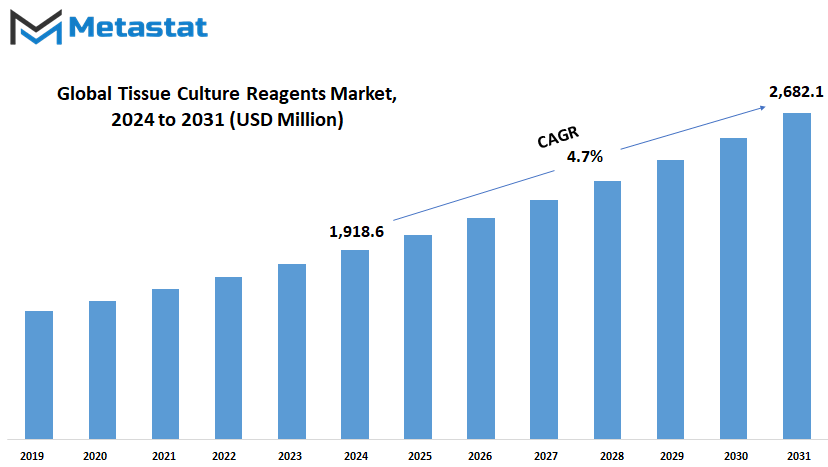
GROWTH FACTORS
The Global Tissue Culture Reagents Market is in the coming years to witness high growth based on the advancement of scientific researches and healthcare. The increasing need for research and development in cell and gene therapy are among the most major drivers for this market to grow. Both these areas highly require quality tissue culture reagents for the success of complex experiments and therapeutic developments. Furthermore, the growing involvement of biopharmaceutical research in drug discovery and testing increases the demand for these reagents because they are necessary to establish consistent and reproducible conditions in the laboratory.
Despite this promising growth, there are still challenges for the market. One challenge is that the cost of these specialized reagents is usually very high. For most laboratories, especially those with minimal budgets, such costs make it difficult to access newer materials. More specific, the stringent quality standard required for these reagents makes it more challenging due to the fact that compliance oftentimes comes with extensive testing and validation of these reagents. Performance, hence, varies with the type of reagent, as this can sometimes introduce certain inconsistencies in experimental results that could undermine the reliability of scientific findings and create set backs for research projects.
However, the scope for this market is at its best in the immediate future as the pace is picking up with advancements in personal medicine and regenerative medicine. Personalized medicine is the tailoring of treatments to individual patients, but this can only be performed with innovative tissue culture reagents to develop and test customizable therapies. Similarly, regenerative medicine, which involves the repair or replacement of damaged cells and tissues, will increasingly require advanced reagents and supplements to support cell growth and differentiation in controlled environments.
Aside from the above, growing investment both from public and private sources is indicative of strong interest in propelling innovation within this field. Such investments support high-profile research but also drive innovation into newer, less expensive reagents meeting the challenging demands of new laboratories. Addressing these constraints and investigating new applications place the Global Tissue Culture Reagents Market at the heart of future scientific discovery.
The combined effect of these growth factors suggests that this market will continue to evolve as a critical component of biotechnology and medical research. With continued progress and strategic investments, it holds the promise of transforming how we approach medical science and treatment development.
MARKET SEGMENTATION
By Type
The global tissue culture reagents market has been at the centre of developments in biological research and medical sciences. As long as biotechnology and pharmaceutical sectors keep on growing, the demand for these products will grow gradually. This product is the most sought-after one used in processes of cell culture, being applied in various aspects, drug discovery, cancer research, and regenerative medicine among others. This follows the fact that as science advances, so do reagents to serve specific needs. Major areas in the market include growth factors and cytokines, serum-free media, salts and media of the old type, and supplements such as amino acids and antibiotics. Buffers and solutions are also some of the other categories where cell detachment reagents comprise trypsin and EDTA, reagents in cell freezing and cryopreservation, cell dissociation reagents, and lastly, kits for contaminant detection.
Each of these types serves a specific purpose in the process of achieving successful cell culture, giving researchers the flexibility to optimize experiments for accuracy and reproducibility. For instance, growth factors and cytokines are essential in cell signaling, promoting growth and differentiation, while serum-free media offer a controlled environment free from animal-derived components, aligning with ethical research standards. In the near future, innovation in this market is likely to accelerate. In personalized medicine, the high incidence of targeted therapies is most likely to fuel demand for reagents of advanced designs suited for specific cell lines and conditions.
The further proliferation of stem cell-based research and tissue engineering stresses the need for reliable, cell-specific reagents designed to handle sensitive cells with the minimum of risk or delay in culturing processes. The high-quality reagent shall blend with automated systems, like cell culture ones, thus making the tasks efficient with less chance for contamination. Another key driver of future growth is the increasing adoption of three-dimensional cell culture systems. These systems mimic natural cellular environments more closely than traditional two-dimensional methods, necessitating specialized reagents for enhanced cell viability and functionality. Furthermore, rising concerns about contamination have spurred the demand for robust detection kits that ensure the integrity of cell cultures. As biotechnology companies and universities focus on the most innovative solutions, the global tissue culture reagents market will grow.
The innovations between the industry leaders and research institutions will help in pushing the boundaries of what is possible in cell culture techniques. These advances are investments in which the market will play a central role in shaping the future of healthcare and scientific discovery, leading to deeper insights into biological systems and the development of transformative medical treatments.
By Application
The Global Tissue Culture Reagents Market will have a remarkable growth phase in the coming future due to increasing biomedical research and advancements in biotechnology. As a backbone for an assortment of applications, these reagents driven by the mounting need for more accurate and reliable laboratory studies are fast turning out to be integral. Around the world, researchers and institutes depend upon tissue culture reagents to advance numerous experiments, which eventually fuel the science behind this aspect, not only promoting understanding but also innovation in medicinal and pharmaceutical domains.
Another critical application area of these reagents lies in cancer research, wherein scientists are able to cultivate cells and study the behavior of tumors in controlled conditions. It is essential to understand the progress of cancer to develop targeted therapies. In the same manner, tissue culture reagents are crucial for stem cell research. They help to maintain and differentiate stem cells and open the door to a whole new arena of treatments that may eventually revolutionize regenerative medicine.
The pharmaceutical industry is another area of importance in this market. Tissue culture reagents are essential for drug development and screening, which checks for the efficacy and safety of newly formulated drugs. This is not restricted to genetic engineering where products from tissue culture assist in the manipulation of genes as a potential cure for diseases inherited by the people. Vaccine production is another major aspect, which relies heavily on tissue culture reagents with proper precision and quality for assurance that vaccines are safe for public use.
Tox testing is another broad field. Safety evaluation before a product comes to market is now strict. With tissue culture reagents, cellular responses in culture are observed without the requirement of animal use, allowing improved ethical standards. A very important application of these advancements has been in biopharmaceuticals manufacturing, whereby products such as antibodies, vaccines, and enzymes come in increasing use for therapeutic management of multifactorial diseases. This field relies on high-quality tissue culture reagents to maintain cell lines that produce these biologics.
In the future, the market is expected to grow with technological innovations. Automation and artificial intelligence in laboratory settings will increase the accuracy and scalability of tissue culture processes. Moreover, as governments and private sectors invest more in biomedical research, the demand for advanced reagents will increase. The integration of 3D cell culture techniques and organ-on-chip systems indicates the direction of the market towards more sophisticated and accurate models, which promises better outcomes in medical research.
With so great an application and future potential, the global tissue culture reagents market stands as a key component of scientific progress that enables breakthroughs which will transform healthcare and greatly improve life across the planet.
By Cell Type
The Global Tissue Culture Reagents Market is expected to grow significantly in the coming years, driven by advances in cellular biology and biotechnology. Tissue culture is a process widely used in research and therapeutic applications, and the reagents are very crucial for the proper growth and maintenance of cells in controlled conditions. These reagents, media, supplements, and enzymes form the core of cell viability and function. Therefore, their demand is stable and high.
The market is further shaped by the increasing application of cell-based therapies, personalized medicine, and drug development. Researchers continue to stress that reagents should be designed based on specific cell types, including primary cells, stem cells, differentiated cells, tumor cells, and immortalized cell lines. Primary cells, directly isolated from tissues, are highly valued for their ability to mimic in-vivo conditions. Stem cells remain at the heart of regenerative medicine due to their potential to differentiate into virtually any cell type. In contrast, differentiated cells are essential for modeling diseases and studying organ-specific processes, whereas tumor cells and immortalized cell lines are vital for cancer research and pharmaceutical testing.
The increasing incidence of chronic diseases and the increased funding for life sciences research are key drivers for the market. Technological advancements are also paving the way for innovative products that include reagent formulations specifically for certain experimental needs. Automation and artificial intelligence further refine the cell culture processes, minimize the chances of human error, and enhance reproducibility, which will likely fortify the trajectory of the market.
Future developments within the field are expected to correlate closely with precision medicine initiatives; here, personalized treatments will necessitate very specifically designed reagents. There will also be environmental reasons; sustainable and animal-free reagent alternatives will also be developed to satisfy more ethical and regulatory needs. These developments are likely to open new opportunities for market players and encourage collaboration between academic, pharmaceutical, and biotech company sectors.
Though promising in nature, this global tissue culture reagents market has higher costs with high-quality reagents and also the requirement of technical skills for proper usage of the same. The access to superior resources and investment in education and training is expected to eliminate these barriers.
Overall, the market promises a bright future with increasing attention towards innovation and expanding applications across different fields. Supporting critical advancement in science and medicine, tissue culture reagents will remain indispensable, drive progress, and address health challenges facing the world.
By End-User the global Tissue Culture Reagents market is divided as Pharmaceutical and Biotechnology Companies, Research and Academic Institutions, Clinical and Diagnostic Laboratories, Contract Research Organizations (CROs), Cell and Tissue Banks.
|
Forecast Period |
2024-2031 |
|
Market Size in 2024 |
$1,918.6 million |
|
Market Size by 2031 |
$2,682.1 Million |
|
Growth Rate from 2024 to 2031 |
4.7% |
|
Base Year |
2022 |
|
Regions Covered |
North America, Europe, Asia-Pacific Green, South America, Middle East & Africa |
REGIONAL ANALYSIS
The Global Tissue Culture Reagents Market is segmented geographically into different regions, which are contributing significantly to the industry's future. North America is still one of the biggest contributors to the market, and the United States, Canada, and Mexico are considered to be major players. The U.S. is special because of its advanced research facilities, the widespread use of tissue culture techniques, and continuous investment in biotechnology. This factor, combined with having a solid healthcare infrastructure puts North America at the top of the market.
Europe is the next in line, with countries like the UK, Germany, France, and Italy at the top. The region enjoys strong government funding in life sciences, a collaborative scientific community, and the presence of some of the world's most renowned academic institutions. Other initiatives that promote regenerative medicine and pharmaceutical innovations also drive the tissue culture reagents market in this region. European nations focus on strict quality standards and sustainable practices, thus shaping the direction of the global market.
Asia-Pacific countries like India, China, Japan, and South Korea are significant markets due to industrialization that is on the increase, a keen interest in biomedical research, and support for healthcare programs from governments. China and India have heavily invested in biopharmaceutical manufacturing and research into stem cells, hence demanding quality reagents. Japan and South Korea have been ranked in technology innovation and precision medicine, hence their markets will continue growing.
South America, particularly Brazil and Argentina, is promising because of an increased interest in agricultural biotechnology and the health care system. Although this market is still developing in this region, the awareness for life sciences research and investment is opening up avenues for further development. Since the demand for more sophisticated medical and agricultural solutions grows, South America will be expanding its share in the world market.
The Middle East & Africa contributes to the market, wherein GCC countries, Egypt, and South Africa are leading regional development. These areas are increasingly embracing tissue culture technology in agriculture for food security challenges and crop yields improvement. Medical applications, however, continue to spur use of reagents, as a result of development in health care infrastructure, and also the research cooperation.
Every region, thereby with different strengths and the emphasis of the region generates opportunities that can lead toward growth on a global platform for the Global Tissue Culture Reagents Market.
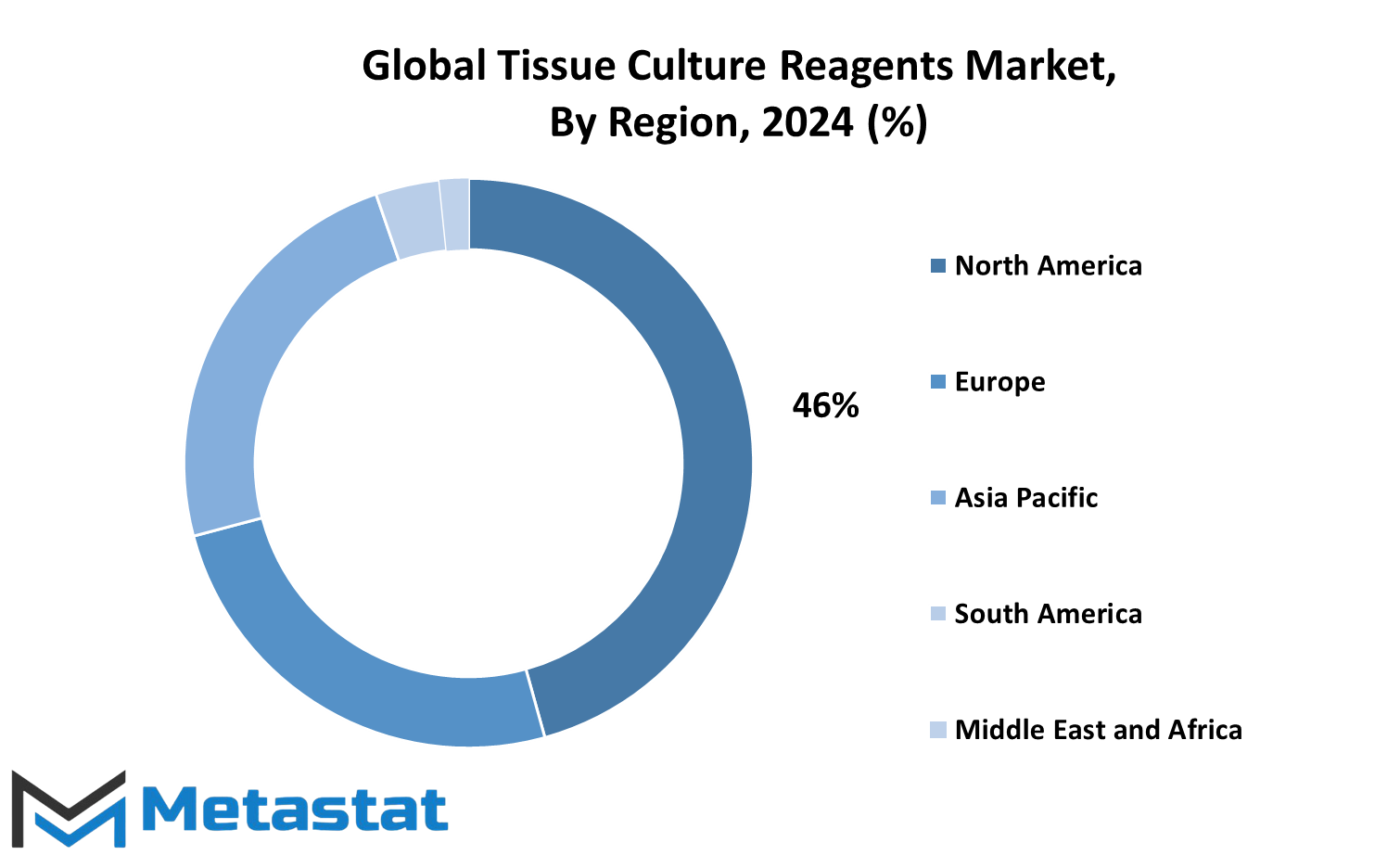
COMPETITIVE PLAYERS
The Global Tissue Culture Reagents Market continues to expand with the pace of technological advancement and rising investment in biotechnology. It is a critical part of scientific research, particularly in areas like cell culture, drug development, and regenerative medicine. The future will be bright, with industry leaders continually finding ways to make products more efficient, of higher quality, and more accessible.
The main players in this sector are Thermo Fisher Scientific Inc., Merck KGaA, Corning Incorporated, and Lonza Group AG. These companies have been in the forefront of research and development, and their solutions always represent the latest breakthroughs that can help advance the field of medical and pharmaceutical sciences. Becton, Dickinson and Company and GE Healthcare, among others, concentrate on optimizing the tools and reagents to ensure tissue culture processes are more accurate and reliable. Their work provides reliable products that researchers can depend on to meet the growing needs of science.
Other major players include Sigma-Aldrich Corporation, HiMedia Laboratories, Sartorius AG, and STEMCELL Technologies Inc. They focus on developing reagents that are more compatible and efficient. These companies are engaged in efforts to reduce variability and streamline workflows to ensure the consistent results of laboratories. Takara Bio Inc. and Bio-Techne Corporation also have established themselves well with innovation and addressing emerging needs in biotechnology and life sciences.
Miltenyi Biotec, Fujifilm Irvine Scientific, Cyagen Biosciences, and Avantor, Inc. are also important contributors to the game. Their concern for sustainability and efficiency has been one reason why the demand for environment-friendly reagents is gaining momentum. This change is symptomatic of an increasing consciousness about how industries in the scientific community can better their contribution to a cleaner future without compromising research excellence.
In the future, competition among these companies is bound to push further improvements in tissue culture technology. Since global healthcare needs will continually change, these players are going to invest more on automation, artificial intelligence, and personalized medicine in order to produce better, more adaptable reagents. This competitive environment will maintain a dynamic market where innovation thrives for the benefit of researchers with continuous improvements in solutions.
The Global Tissue Culture Reagents Market is an area of significant opportunity. With its leaders continuously pushing boundaries, this is an industry that will not only stay at the center of advancements in biotechnology and healthcare but will always stand out in the progress of science and medicine, thanks to relentless pursuit of excellence in producing high-quality tissue culture reagents.
Tissue Culture Reagents Market Key Segments:
By Type
- Growth Factors and Cytokines
- Serum-Free Media
- Classical Media & Salts
- Supplements (Amino Acids, Antibiotics)
- Buffers and Solutions
- Cell Detachment Reagents (Trypsin, EDTA)
- Cell Freezing and Cryopreservation Reagents
- Cell Dissociation Reagents
- Contamination Detection Kits
By Application
- Cancer Research
- Stem Cell Research
- Drug Development and Screening
- Genetic Engineering
- Vaccine Production
- Toxicity Testing
- Regenerative Medicine
- Biopharmaceutical Production
By Cell Type
- Primary Cells
- Stem Cells
- Differentiated Cells
- Tumor Cells
- Immortalized Cell Lines
By End-User
- Pharmaceutical and Biotechnology Companies
- Research and Academic Institutions
- Clinical and Diagnostic Laboratories
- Contract Research Organizations (CROs)
- Cell and Tissue Banks
Key Global Tissue Culture Reagents Industry Players
- Thermo Fisher Scientific Inc.
- Merck KGaA
- Corning Incorporated
- Lonza Group AG
- Becton, Dickinson and Company
- GE Healthcare
- Sigma-Aldrich Corporation
- HiMedia Laboratories
- Sartorius AG
- STEMCELL Technologies Inc.
- Takara Bio Inc.
- Bio-Techne Corporation
- Miltenyi Biotec
- Fujifilm Irvine Scientific
- Cyagen Biosciences
- Avantor, Inc.
WHAT REPORT PROVIDES
- Full in-depth analysis of the parent Industry
- Important changes in market and its dynamics
- Segmentation details of the market
- Former, on-going, and projected market analysis in terms of volume and value
- Assessment of niche industry developments
- Market share analysis
- Key strategies of major players
- Emerging segments and regional growth potential




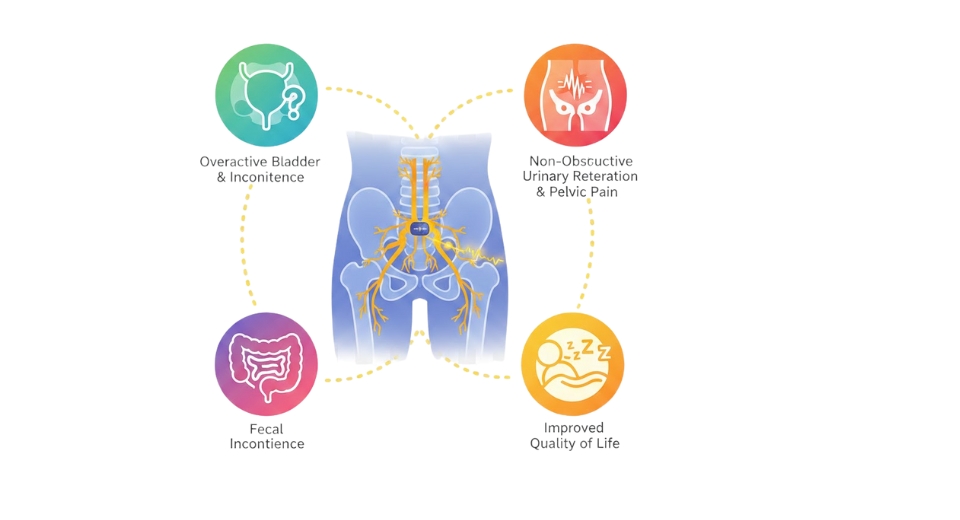
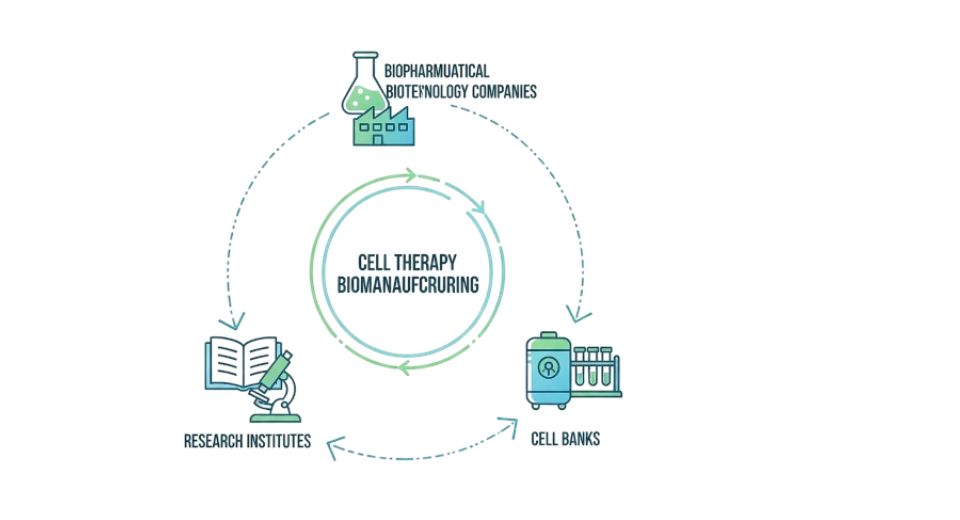
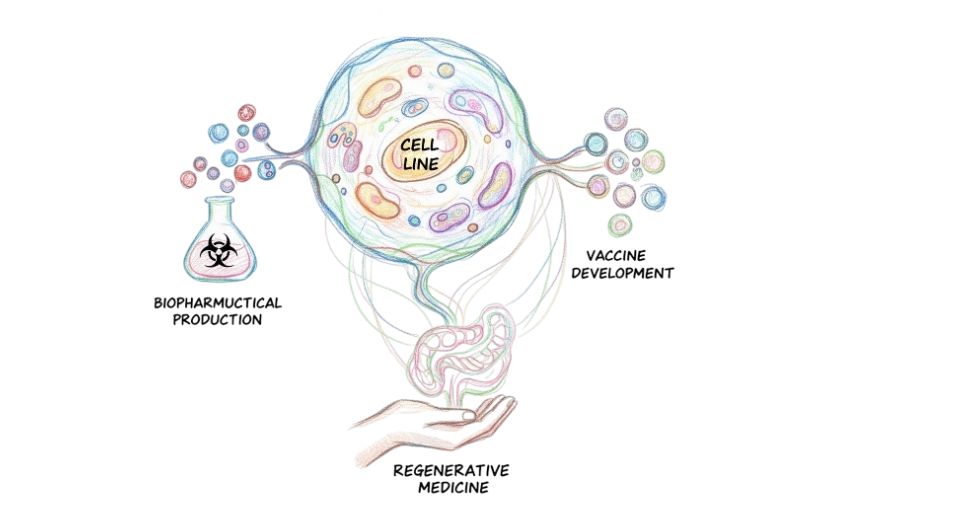

 US: +1 3023308252
US: +1 3023308252






